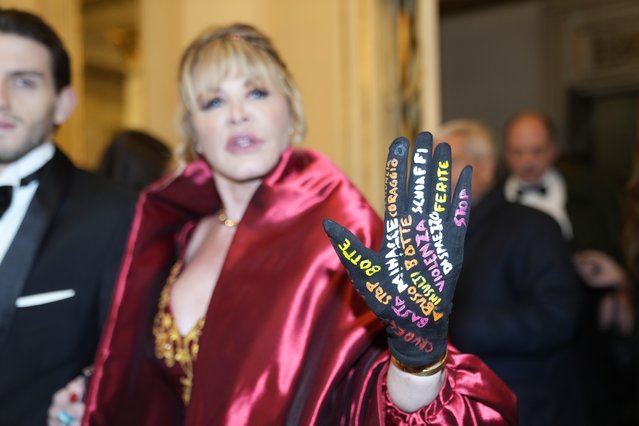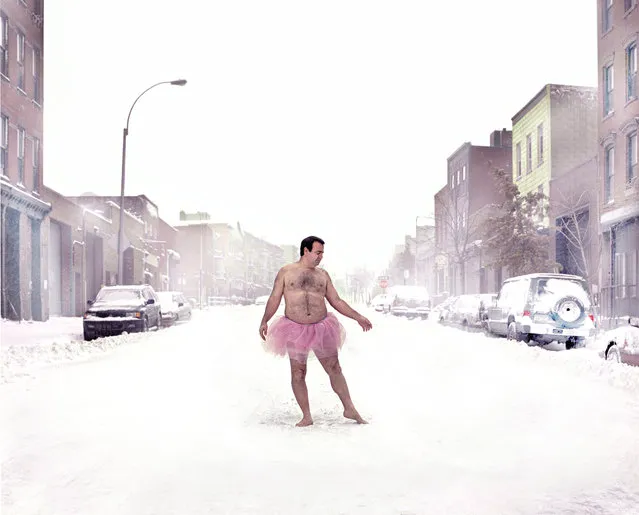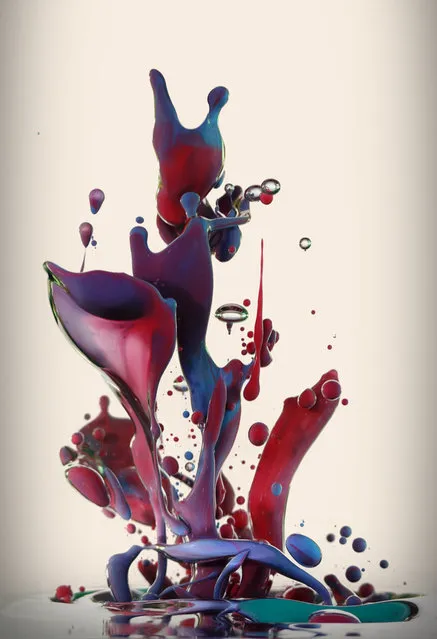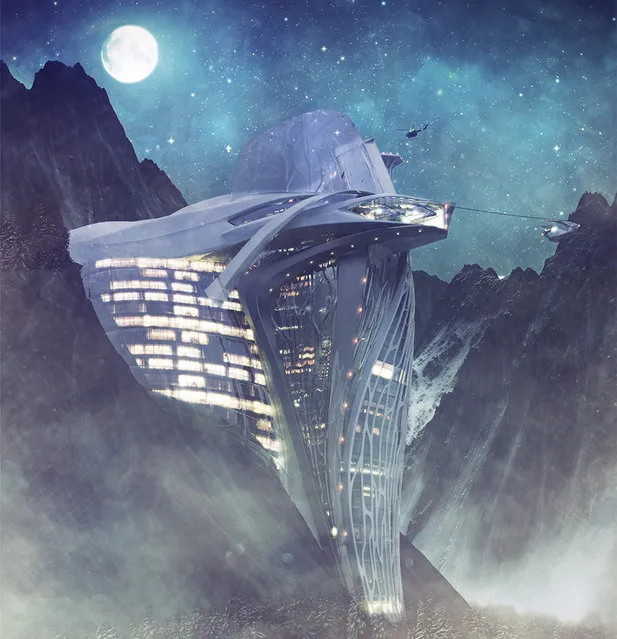
Fraser Davidson gobbles a plane at The Hangar at Manchester Airport on June 26, 2024. An airport pub serves drinks just 15 metres from the runway–- and drinkers can watch planes coming into land over a pint. The Hangar, Manchester, is 50 feet away from the airport, and people don't need to be checked in to drink there. It boasts a “unique perspective” for customers, who can enjoy a pint right next to planes taking off and landing. (Photo by South West News Service)
15 Aug 2024 04:10:00,post received
0 comments







